For about 20 years, from the mid-fifties to the late seventies, I routinely used what I called “finger filters”, either haze or UV. Coincidentally, about the time I got serious about making art and buying multi-kilobuck Zeiss and Schneider lenses, I stopped using the filters. There were a few exceptions. I bought a Nikon 300 mm f/2.8 lens for a price that shocked me in the mid-eighties, and always used it with a Nikon UV filter. The price of that filter shocked me, too. I’ve been to game parks in Africa twice, and both times I used UV filters because of the dust.
In the ensuing 40 years, except for the above special cases, I’ve only used filters when I wanted their optical effects. I’ve never used them for lens protection, and I have never had any front-element damage to any lens.
When I was making the Los Robles series, I sometimes used an a7II that had been modified by LifePixel with a dual-band infrared filter.
I decided that I just wanted the deep IR part of the spectrum, so I put an appropriate filter on the lens. It was a disaster. Shooting into the sun like I did for almost the whole series produced a veritable menagerie of weird flare spots that were just about impossible to remove in post.
So I was surprised to read today on DPR the contention that habitually using high-quality filters for lens protection had no adverse image quality effects, and that no one had been able to construct an experiment that showed anything to the contrary. Realizing that all my beliefs about the adverse effects of filters in some situations had been the result of my getting bitten using them in the field, I decided to set up a repeatable test.
I put a Zeiss Otus 55 mm f/1.4 lens on a Sony a7RII. This lens is pretty flare-resistant. I didn’t have any 77 mm UV or haze filters, so I used a Hoya HMC multi-coated ND8 (three stop neutral density) filter. I took the LED flashlight that I use for the out-of-focus point-spread-function tests and put it about 15 feet away from the camera.
The flare from the filter was pretty easy to see. It appeared as a reflection; when the flashlight was close to on-axis, the flare was near the actual image of the flashlight, but on the opposite side of the center of the image. As I panned the camera so that the image of the light moved away from the center, the flare moved away, too, but in the opposite direction. At some point near the edge of the image when the lens was wide open, the flare appeared to cease. Stopping down the lens made that point closer to the center of the image.
Here are some examples. First, f/1.4 with the flashlight near the center of the image:
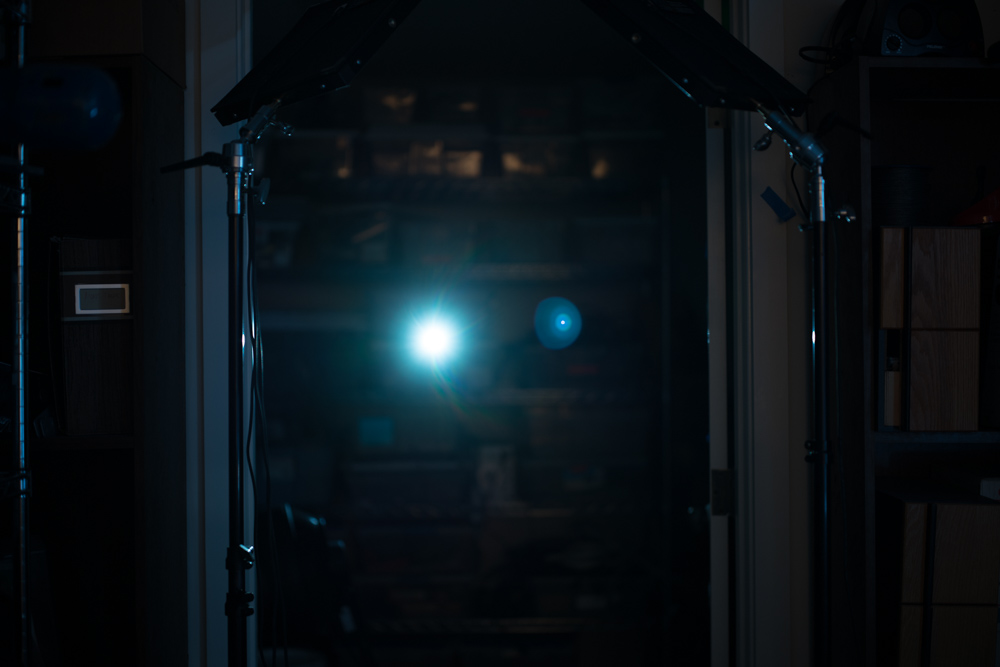
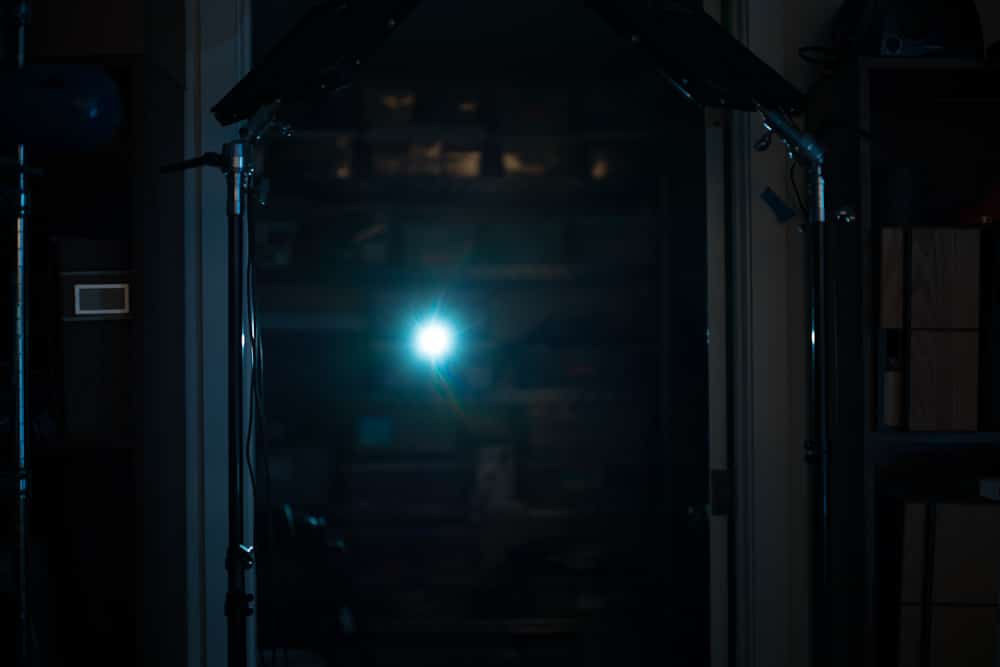
Stopping down to f/8 and moving the light further off-axis:

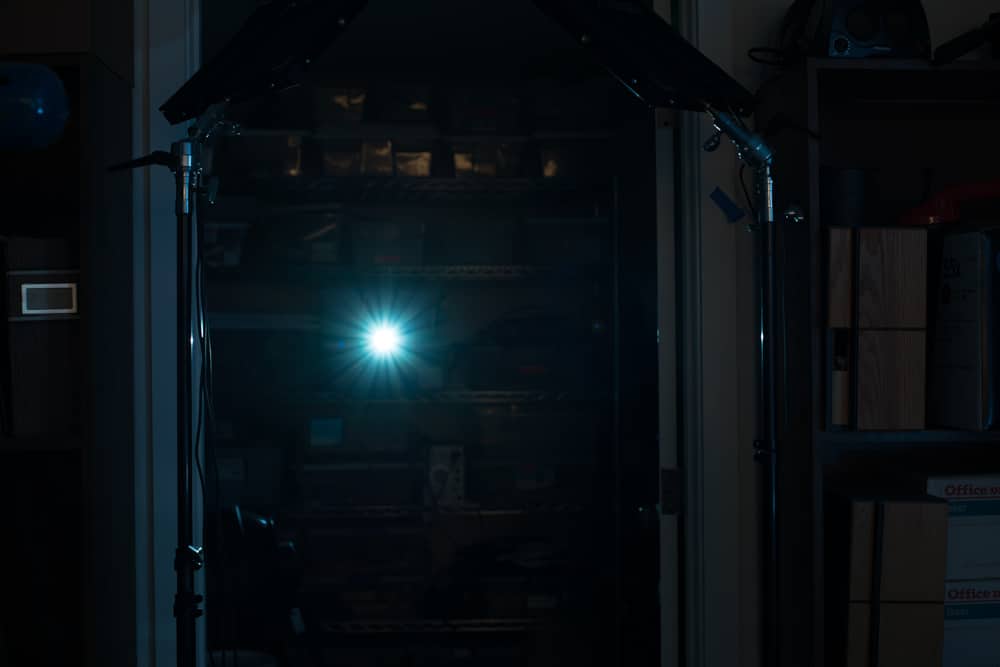
Opening up to f/1.4 and moving the camera so the flashlight is even further off axis:
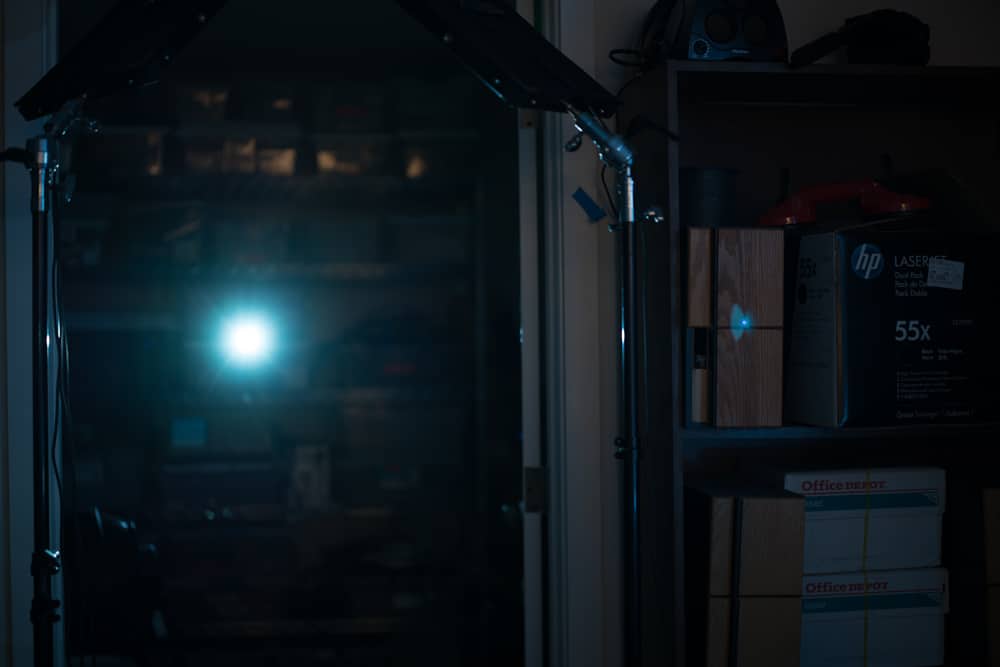

Then I went outside, put the sun way off-axis and stopped the lens down to where the kind of reflection seen above wouldn’t occur. Now I saw a different kind of flare.
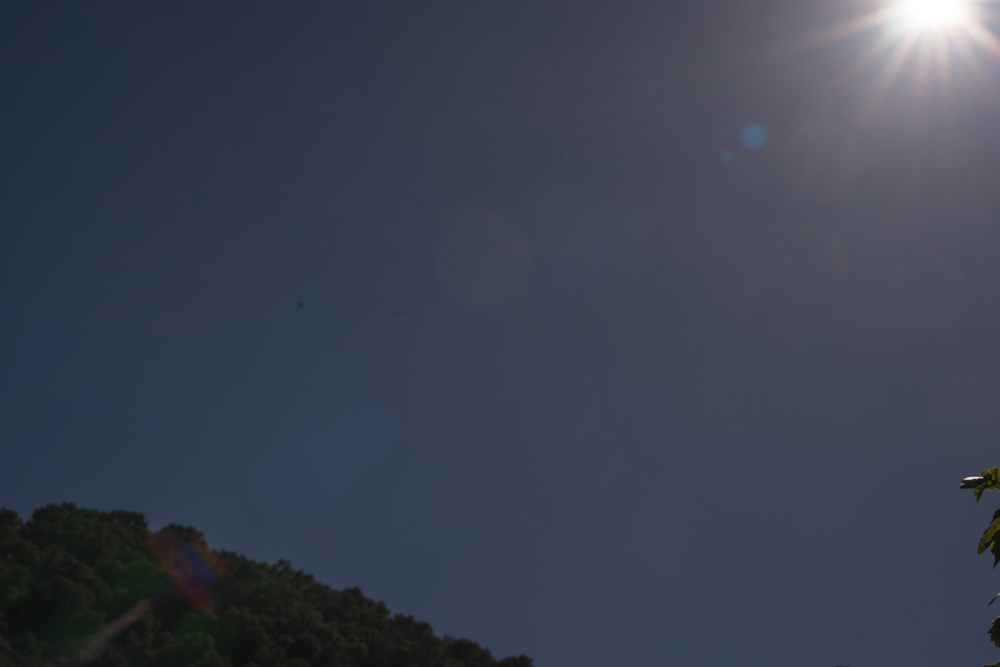
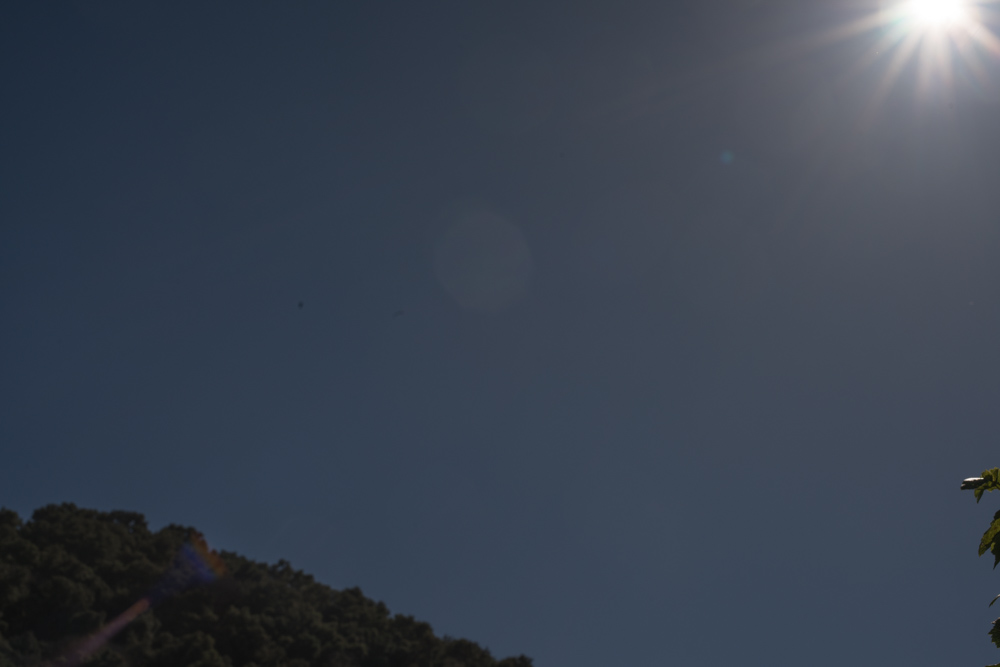
Note that this situation is extreme enough to cause the lens itself to show flare on the opposite side of the image from the sun and in the middle of the pictures.
A few years ago when I was using variable neutral density filters for slanted edge testing, I demonstrated that there was no effect on sharpness except possibly a little bit at the maximum attenuation. I now have better targets, and should probably revisit that issue, but that’s not a concern of mine now since I now vary the lighting levels rather than put something in the image path.
I was interested in whether the use of a filter caused veiling flare. I set up my usual test for that:
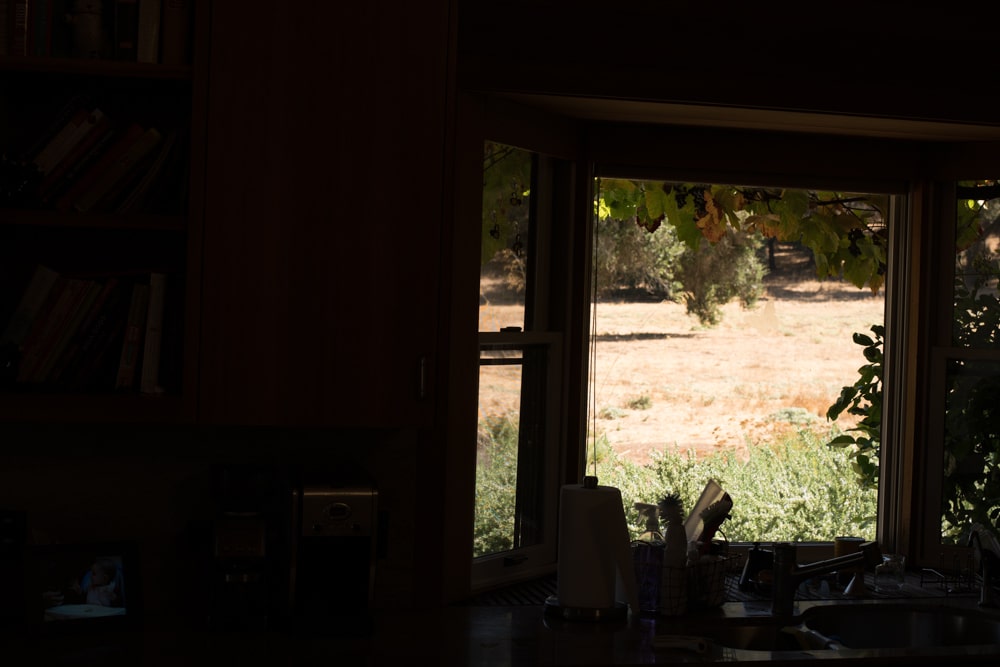
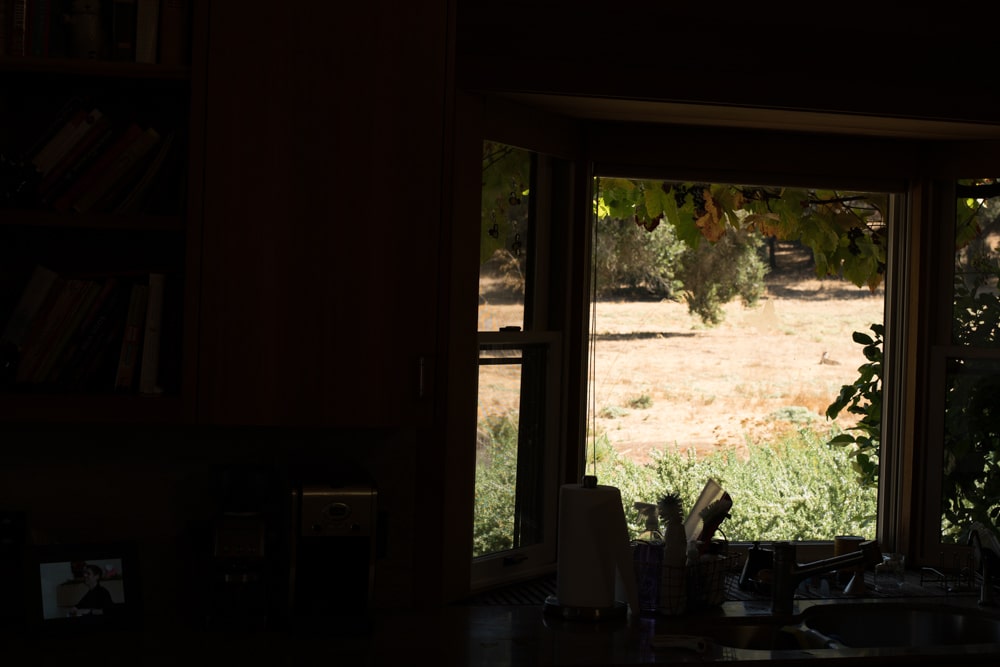
Then I boosted the shadows equally in both images and took a look:


The filter does not affect the veiling flare.
Since the filter’s main contribution to flare seems to results from reflections from lens elements, I would expect that different lenses would yield different results.

Jim,
I would also expect the quality of the filter to matter. For example, the Zeiss filters, expensive as they are, use the same T* A/R coatings as the lens. So it seems they would be no worse than one more lens element. No?
Personally I have always used the B+W UV filters and never been able to observe an incremental detrimental effect other than when light hit the filter that would not, because the filter was further out in front of the first lens element, have also hit the front lens element.
I’ve never been a fan of the Hoya filters, but can’t honestly say that’s based on scientific analysis vs. Zeiss or B+W.
Would be interesting (if expensive) to do your test with a Zeiss UV filter…
Michael
Will do.
Are the first set of filter/no filter descriptions reversed?
Good catch. Fixed now. Thanks.
Hi Jim. Thanks for the useful anecdote on the pitfalls of filters in sun containing panoramic scenes. Anyway, it might be a worthwhile point of interest to mention whether a hood was affixed to the Otus for these tests.
No hood.
Way back, must have been in the seventies as I seem to recall that it wasn’t very long after Asahi Optical introduced their multilayer coating, someone at Modern or Popular Photography (I think it was Herbert Keppler, but I’m not sure) did an article/test in which he concluded that a lens hood was AT LEAST as beneficial as multicoating for flare prevention.
In my experience, the hood doesn’t help significantly if the light source is in the frame.
True, that is an important distinction, and I don’t recall the specifics of the old article tests.
I thought it was very well known that filters often cause nasty flaring artifacts in direct sun. Apparently not! Nice testing as always.
Hi Jim,
I would suggest that the filter being flat plays a major role. It is parallell to the sensor. The sensor acts as a mirror, reflecting back a lot of light., that light goes back trough the lens and is bounced back trough the lens.
Lens surfaces are curved, so with some luck the reflection from the surfaces don’t bounce fore and aft in the lens but absorbed by the lens barrel along the way.
Control of flare and ghosting is a part of the lens design. But lens design is always a compromise, to gain something you may need to give up on something else.
Makes sense, Erik. Not sure how to find out if it’s right or not, though…